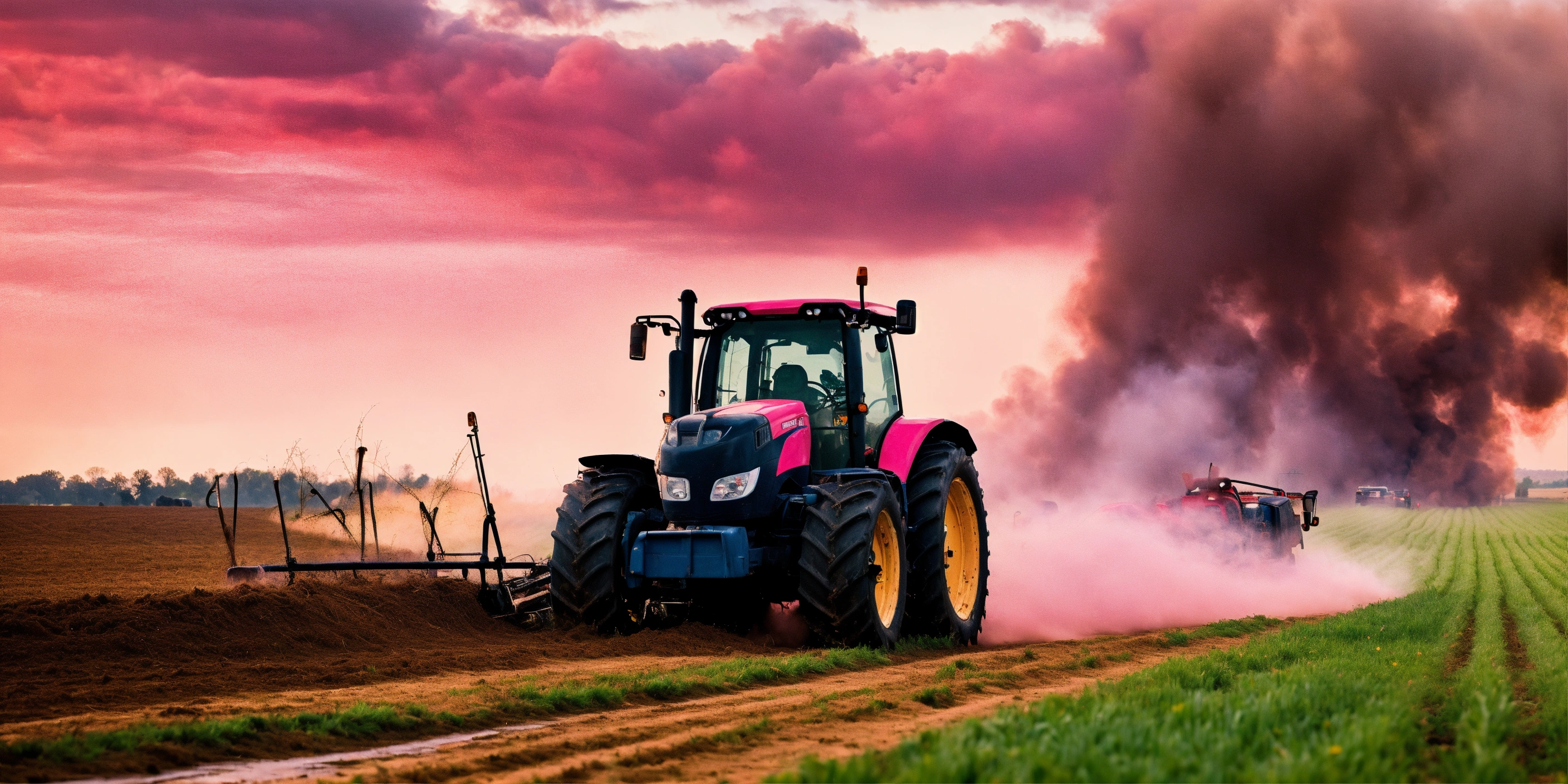
Agriculture has always been at the heart of Australia’s identity. But as the climate shifts, the population grows, and global competition increases, the farming sector is embracing something new: technology.
AgriTech, short for agricultural technology, refers to the application of cutting-edge innovations — from drones and robotics to data analytics and AI — in farming. It’s about using science and tech to grow more food, more efficiently, and with less impact on the environment.
For Australia, a country with vast agricultural land and a reputation as a food exporter, AgriTech offers both necessity and opportunity. From the wheat fields of Western Australia to the fruit orchards of Victoria, tech is quietly transforming the way we grow, harvest, and distribute food.
Drones are quickly becoming a farmer’s best friend. Equipped with high-resolution cameras and sensors, they can monitor crop health, detect pests, and even map soil quality. This aerial insight allows for precision farming — applying water, fertiliser, or pesticides only where it’s truly needed.
Meanwhile, IoT (Internet of Things) devices installed in the field track everything from soil moisture to livestock movement. Farmers receive real-time data, often on a smartphone app, allowing them to make faster, smarter decisions.
Robotics is no longer science fiction. Across Australian farms, autonomous tractors are tilling the land, robotic arms are picking strawberries, and self-driving harvesters are working through the night. These machines help reduce labour shortages — a critical issue post-pandemic — and increase productivity.
Some farms are even experimenting with robotic sheepdogs, designed to herd animals using GPS and real-time commands from afar.
Australia’s AgriTech startup scene is buzzing. Companies like AgriWebb, SwarmFarm, and The Yield are pioneering software and hardware solutions tailored to the unique needs of Aussie farmers. These homegrown innovators are also attracting attention — and investment — from around the world.
Many of these startups are based in regional innovation hubs, helping to bring high-tech solutions straight to the paddock.
AgriTech isn’t just about boosting yields; it’s also about protecting the planet. Technologies that reduce water use, cut emissions, or enable regenerative farming are central to the future of sustainable agriculture. With climate challenges like drought and bushfires becoming more common, this shift is urgent.
By producing more food with fewer resources, Australia can help meet both domestic demand and its global export goals — without compromising the land for future generations.
Of course, not every farmer can afford or adopt AgriTech overnight. Costs, internet access in rural areas, and the need for digital skills can be major roadblocks. That's why governments and industry bodies are investing in training, infrastructure, and grants to help farmers make the digital leap.
As these technologies become more accessible, the agricultural landscape will continue to evolve — becoming smarter, more resilient, and more connected.
The rise of AgriTech is more than just a trend — it's a necessary evolution. As Australia looks to feed a growing and changing world, technology will be the tool that helps us grow better, not just more. Whether it's through a drone in the sky or a sensor in the soil, the future of farming is digital — and it's already here.
Get expert insights on tech, transport, finance, and digital life. Subscribe now and stay ahead of the curve.